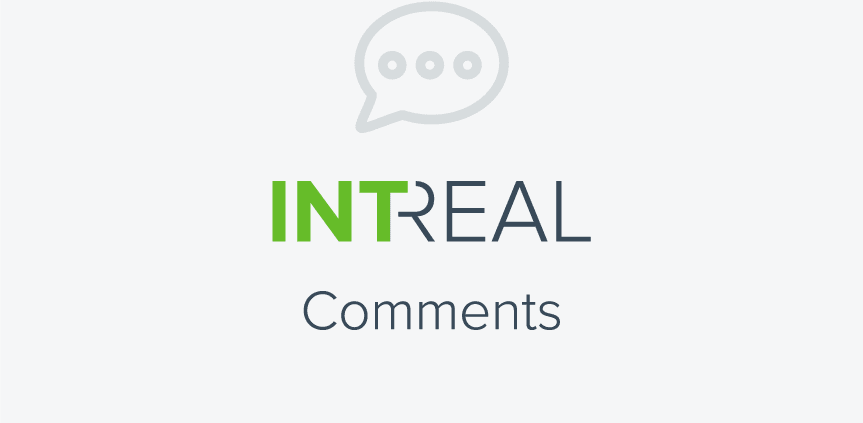Fund Commentary by INTREAL Luxembourg: Net Fund Assets in European Real Estate Funds Cross the Mark of One Trillion Euros after Moderate Growth during the First Nine Months of 2024
08. Jan 2025
The net fund assets of all regulated European real estate funds (AIFs) grew gradually during the first three quarters of 2024, according to figures released by the European Fund and Asset Management Association (EFAMA). Total net fund assets increased from 999.4 billion EUR at the end of 2023 to 1,026.2 billion EUR by the end of Q3 2024, an increase of 26,8 billion EUR, thereby crossing the mark of one trillion EUR. The increase translates into a growth by around 2.7 percent.
Rudolf Kömen, Conducting Officer of INTREAL Luxembourg, commented: “The modest increase during 2024 is remarkable, given that investment funds reported a net cash outflow. Between January and September, these outflows amounted to a total of 2.2 billion EUR, with 1,4 billion EUR occurring in the third quarter alone. That the fund assets as a whole increased in value nonetheless is attributable to mark-ups that are explained by stabilising price levels in the real estate markets.”
The data reveal a mixed picture across countries: While real estate funds in Austria, Germany and the United Kingdom, recorded cash outflows during the first three quarters, other countries saw the opposite trend. Particularly real estate funds in Ireland (+1.2 billion EUR) and Switzerland (+782.8 million EUR) experienced substantial cash inflows.
Statistically, a total of 3,949 alternative investment funds (AIF) of the real estate category were recorded by the end of Q3. This implies an increase of 38 funds compared to the end of 2023.
Rudolf Kömen added: “2024 was not an easy year for real estate funds. The market in general saw only a small number of fund launches. However I am confident that this will improve in 2025. In particular, I anticipate higher cash inflows from institutional investors. We are currently engaged in fund launches and in several funds in an advanced stage of preparation. Private investors on the other hand will probably need a little more time. They tend to be more cautious than institutional investors and typically follow with some delay.”
Download commentary as PDF.

